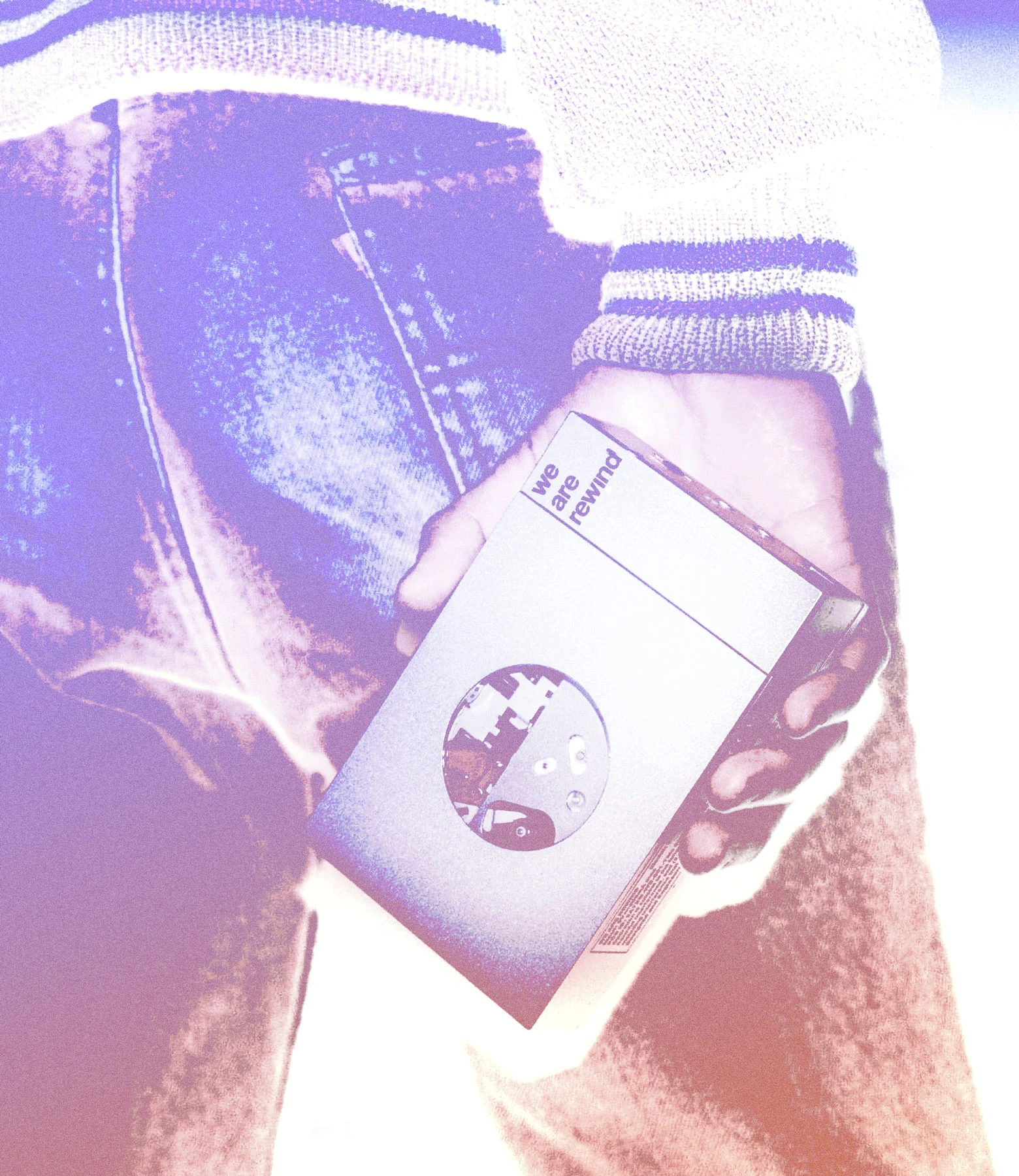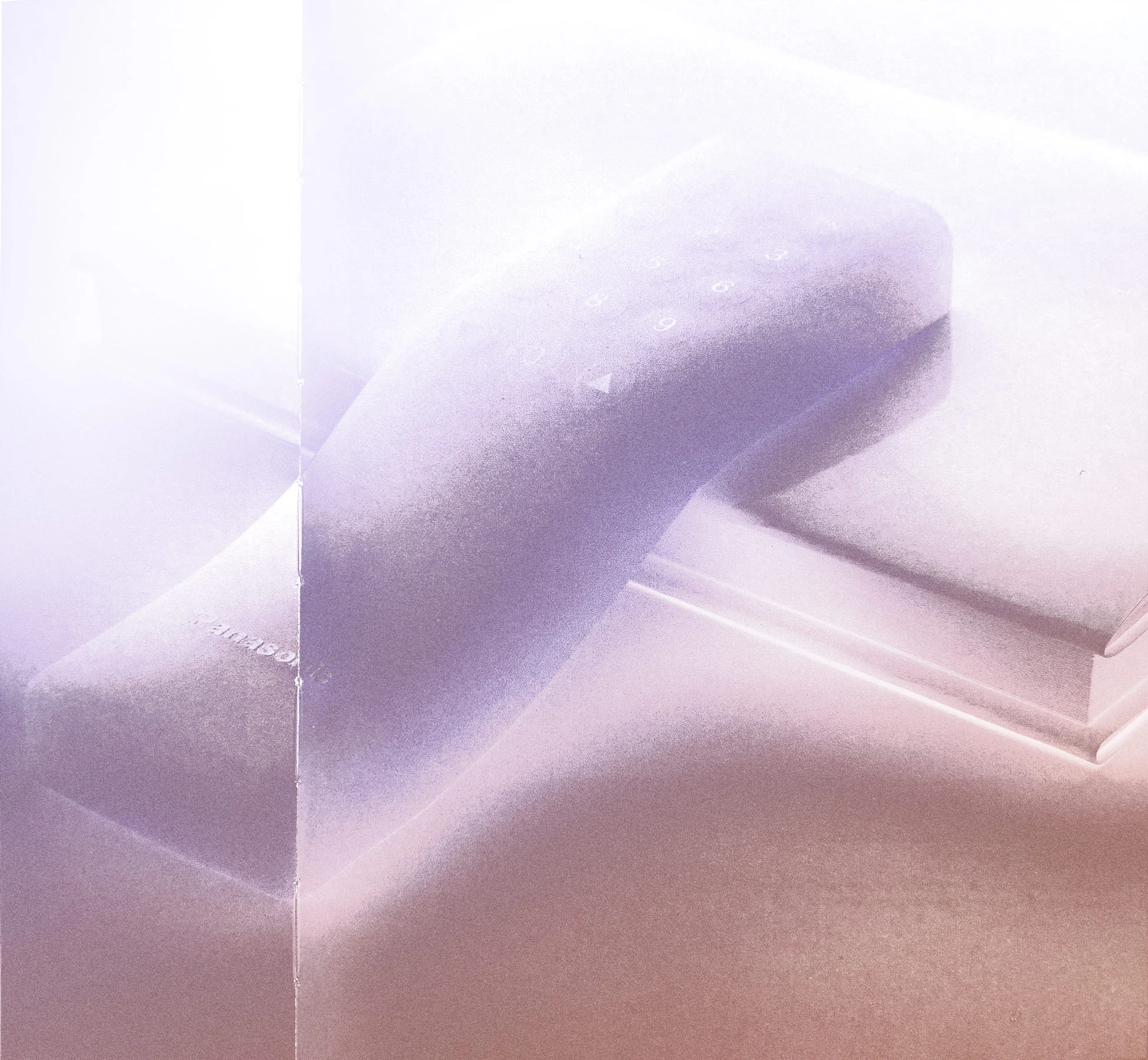Legibility fallacy
Like a lot of you I first got interested in technology through audio equipment. More specifically, my Walkman. Growing up in a rural village being able to slip on some headphones and instantly transport myself to another world was magic. I was hooked as soon as I tried my mum’s Walkman. My parents gave me a cheap model of my own for my eighth birthday, and from that point I’ve barely been apart from a succession of portable cassette, CD, Minidisc players, various iPods, to my iPhone and Final E2000s today.
It’s not hard to see how pretty much all my interests in music, art, design, and my passion for the internet were shaped by that Walkman and its ability to drop me into other places and perspectives.

For a few years I’ve been toying with the idea of getting a cassette Walkman again. It’s like 80% nostalgia, mixed with having a kid of my own and trying to figure out how people are meant to listen to music now without a phone and streaming subscription. I guess I’m also interested in listening to music on headphones without the distractions of an iPhone, but without the gnawing feeling of redundant overhead that comes from managing an MP3 library and duplicating those files across to an MP3 or Minidisc player.
I’ve tried digging out my old Walkmans (Walkmen?) but for some reason I didn’t keep them. Presumably I sold them. I do remember my Minidisc player was stolen on a teenage trip to London.

There have been a couple of decent looking modern Walkman models come onto the market recently. We Are Rewind have a Teenage Engineering-looking thing that looks great, and cult audiophile manufacturers FIIO have just released a model promising the same high-quality sound that their MP3 players are famous for. Seem like solid options, but these things are pretty chunky hey.
The problem really is they’re competing with the Walkman in my memory. In my heart. A model called the Panasonic RQ-SX25.

That thing was small. Unfeasibly small, as if the design process consisted of simply stamping a sheet of hot aluminium around a cassette tape and brushing it to perfection. It was closer to the dimensions of an iPhone than these modern cassette players, and seemed impossible. The sound quality was great too.
And then in contrast the exterior, when you opened it up to change the cassette you were confronted with a mass of fully exposed minuscule mechanical parts crammed into it. All polished silver, with plenty of monochrome Helvetica technical instructions and warnings.

The jump between the perfect clean exterior and the (equally perfect) technical chaos of the internals were perfect design theatre, and clearly stuck with me. As I’m typing this I realise it was my first exposure to the excitement of viewing source and having a poke around under the surface of something awesome.
But, getting back to my line of thought; slimline cassette player technology was common across the planet 25 years ago. Most other technology has advanced beyond imagination in that time, and the MacBook I’m typing on right now owes as much of its design language to those Panasonic cassette players as to Dieter Rams. Why are these new modern Walkmans are so big and clunky in comparison?

Whenever I look for used RQ-SX25s the prices seem wild to me. These things used to be for sale everywhere, they must have used a lot of units. Now they seem to be rare and cost multiples of what they did new.
I can’t believe they’ve turned into a mainstream collectors items either — despite every other designer in London secretly sharing the same fantasy of reviving the Panasonic consumer technology division and taking a run at Apple.
This mystery has been gently bothering me, so I went digging in the forums. There’s a whole community devoted to these devices, and yes they have opinions. In the late 90s the competition between Panasonic and Sony over who could make the slimmest Walkman with the best audio quality was intense. The engineers at Panasonic came up with a new tape transport design that allowed them to make devices a lot slimmer, and was so efficient they used it to drive 6 or 7 other critical functions, introducing even further size reductions. The performance improvements were so great they used it in everything for years.
Also turns out the mechanism requires regular application of tension (ie, being used to turn the tape in cassettes) and unfortunately, if you don’t use them for about 3 months the mechanism just stops working. And to repair it you have to dissemble not only the drive but also all the other critical functions attached to the drive, which is near impossible. So even if I had kept mine, there’s no way it would still be working.

I think subconsciously I’d had this naive assumption that because the design of the RQ-SX25 let me see the insides, that it’s using established mechanical parts with known properties and behaviours, and that I loosely understand the mechanics involved, it would essentially have kept working forever. But that’s really not true.
But ironically I do still have an Apple laptop from a similar era. I’m pretty good with software and I’m not shy about replacing bits of computer hardware, but although I know the principles I can’t pretend I understand how computer chips work. I haven’t done anything to maintain this laptop since I stopped using it every day, and it still works like it did when I got it.
If you want to chat more about stuff like this, send me an email or get in touch on Twitter.
You can pretend it's 2005 and subscribe to my RSS feed